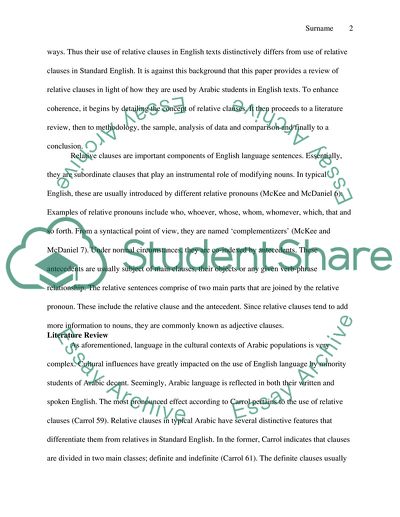Cite this document
(Relative Clauses Research Paper Example | Topics and Well Written Essays - 2250 words, n.d.)
Relative Clauses Research Paper Example | Topics and Well Written Essays - 2250 words. Retrieved from https://studentshare.org/english/1775440-relative-clauses
Relative Clauses Research Paper Example | Topics and Well Written Essays - 2250 words. Retrieved from https://studentshare.org/english/1775440-relative-clauses
(Relative Clauses Research Paper Example | Topics and Well Written Essays - 2250 Words)
Relative Clauses Research Paper Example | Topics and Well Written Essays - 2250 Words. https://studentshare.org/english/1775440-relative-clauses.
Relative Clauses Research Paper Example | Topics and Well Written Essays - 2250 Words. https://studentshare.org/english/1775440-relative-clauses.
“Relative Clauses Research Paper Example | Topics and Well Written Essays - 2250 Words”, n.d. https://studentshare.org/english/1775440-relative-clauses.


